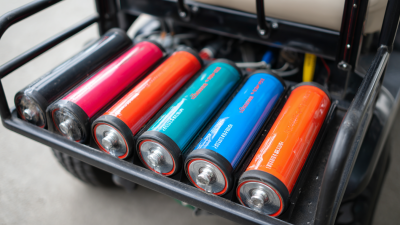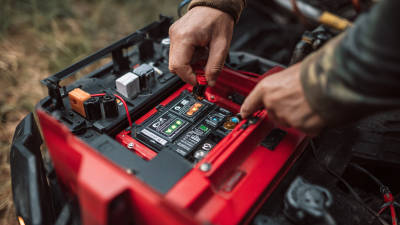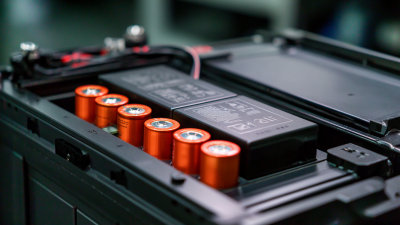
-
Home
-
Company
-
Products
-
News
-
FAQs
-
Blog
-
Contact
-
Phone
-
E-mail
-
Whatsapp
Leave Your Message

As energy demands continue to rise across various sectors, the evolution of battery technology plays a crucial role in transforming our approach to power management. Among innovative solutions, "48 Volt 300 Amp Batteries" stand out, offering enhanced efficiency and performance. According to a recent report by the International Energy Agency, the global battery storage market is projected to reach $12 billion by 2025, driven by advancements in renewable energy storage and electric vehicles. These batteries not only provide robust power capacity but also enhance system reliability and scalability for industrial and residential applications. With the transition towards electrification and sustainability, the demand for high-performance batteries like the 48 Volt 300 Amp variants is set to increase, making them an essential component in meeting modern energy needs effectively. This article explores how harnessing the potential of these batteries can revolutionize your energy solutions.
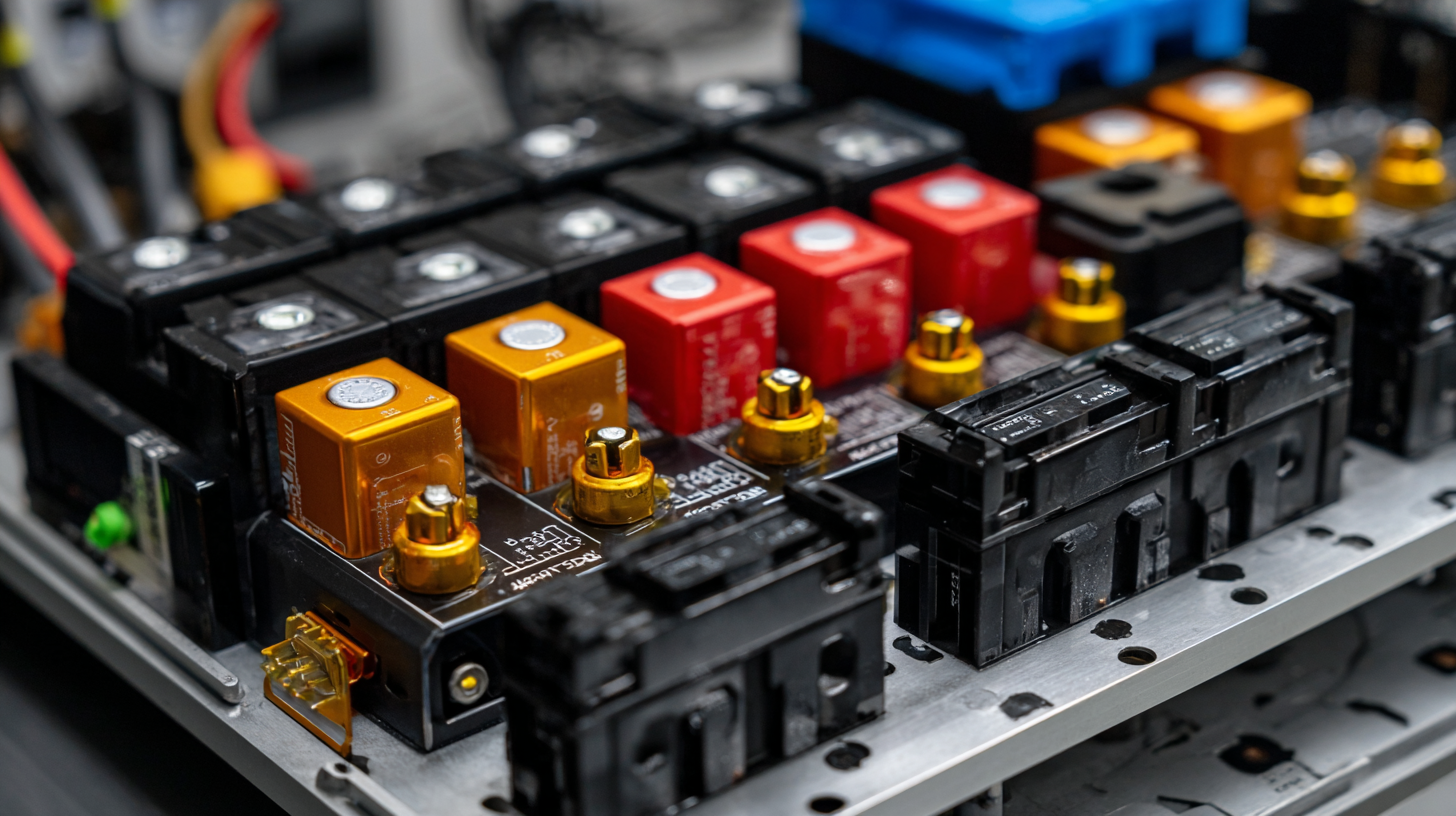
The rise of 48 Volt 300 Amp batteries is rapidly transforming modern energy solutions, catering to the increasing demand for high-efficiency power systems in various applications. According to a report by Research and Markets, the global battery market is projected to reach $159.6 billion by 2028, emphasizing the accelerating shift towards advanced battery technologies that deliver better performance, higher energy density, and improved sustainability. The efficiency achieved by 48V systems is particularly appealing, as they provide sufficient power for electric vehicles (EVs), renewable energy storage, and industrial applications with reduced energy loss compared to traditional 12V systems.
Moreover, the growing adoption of electric vehicles and smart energy solutions has led to a significant increase in the development of 48V battery systems. A study by McKinsey & Company indicates that transitioning to 48V architecture could reduce vehicle weight by 10-15%, enhancing overall efficiency and performance. Additionally, as businesses and consumers seek to optimize their energy expenditures, the cost per kilowatt-hour from 48V systems continues to decrease, making them an economically viable option. This dynamic evolution among battery technologies not only empowers users with greater energy autonomy but also paves the way for a more sustainable energy future.
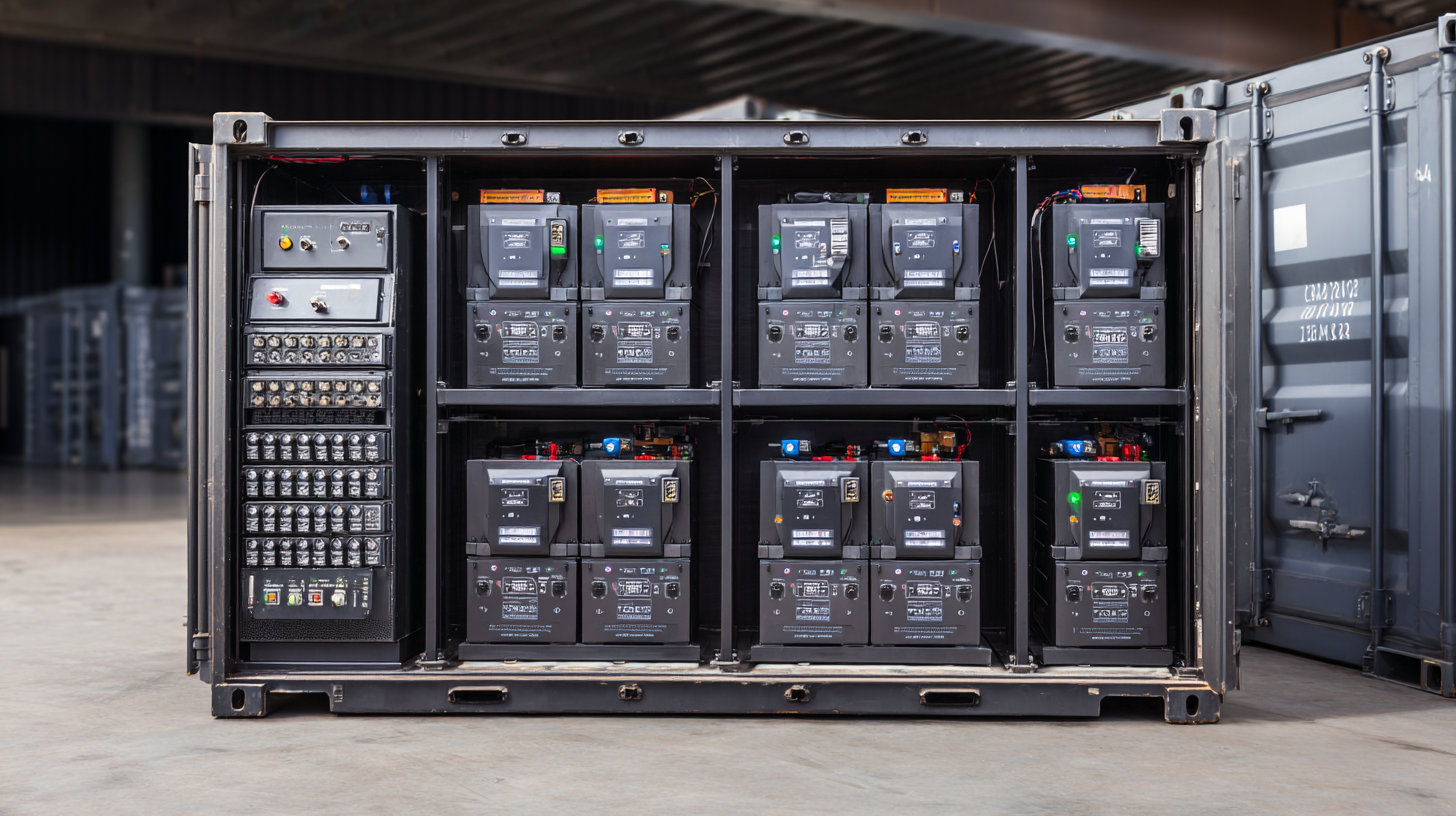
The shift towards 48-volt power systems marks a significant milestone in the quest for energy efficiency, particularly in electric and hybrid vehicles. Unlike traditional 12-volt systems, 48-volt configurations allow for more efficient power distribution and integrate advanced technologies like regenerative braking and electric boosting. This efficiency not only enhances the overall performance of vehicles but also plays a crucial role in reducing emissions, aligning with the global push for sustainable energy solutions.
Recent advancements in energy storage and management systems further highlight the benefits of 48-volt configurations. With the rise of DC microgrid systems, which have been recognized for their cost-effectiveness and performance capabilities compared to AC systems, the adoption of 48-volt technology is positioned to become increasingly viable. As industries explore ways to optimize energy consumption, 48-volt batteries provide a robust solution that balances power needs with environmental goals, supporting a wider adoption of electrified transportation and renewable energy technologies.
This chart illustrates the energy consumption, output, and efficiency of a 48 Volt power system. The data shows that with a total energy consumption of 150 kWh, the energy output is 135 kWh, reflecting an efficiency of 90%. This high efficiency highlights the transformative potential of 48 Volt 300 Amp batteries for modern energy needs.
The rise of 48-volt batteries is significantly changing the landscape of energy storage, particularly when compared to traditional options like 12-volt systems. According to a report by Grand View Research, the global energy storage market is expected to reach $1.2 trillion by 2028, with lithium-ion batteries, including the 48-volt variants, capturing a substantial share. These batteries not only provide a higher power output with 300 amps but also enhance energy efficiency, making them ideal for applications ranging from electric vehicles to home energy systems. Unlike conventional 12-volt batteries, 48-volt systems can drive more demanding applications while maintaining lower heat generation.
Tips: When selecting a battery system, consider the power requirements of your appliances. A 48-volt battery can reduce wiring costs and improve overall system efficiency due to lower current levels required. Also, think about the longevity of your system—higher-voltage setups often have longer lifespans and lower maintenance needs.
Furthermore, the integration of smart technologies with 48-volt batteries allows for real-time monitoring of energy consumption and optimization. Recent studies indicate that battery management systems can prolong the lifespan of lithium-ion batteries by up to 30%. Investing in a 48-volt solution not only meets current energy demands but also positions you for a more sustainable and efficient future.
| Feature | 48 Volt 300 Amp Batteries | Traditional Lead-Acid Batteries | Lithium-Ion Batteries |
|---|---|---|---|
| Energy Density (Wh/kg) | 160 | 50 | 250 |
| Charge/Discharge Cycle Life | 3000 | 500 | 5000 |
| Weight (kg) | 30 | 60 | 25 |
| Self-Discharge Rate (% per month) | 3 | 20 | 2 |
| Cost ($/kWh) | 400 | 150 | 700 |
| Temperature Range (°C) | -20 to 60 | -15 to 50 | -20 to 60 |
The integration of 48-volt, 300-amp battery systems has revolutionized energy solutions across various industries. One notable application is in hydrogen-powered drones, which leverage fuel cell technology to deliver high power density and energy efficiency. With over two decades of research and development, hydrogen drones have emerged as a prominent solution in the commercial UAV market. Reports indicate that the global drone market is expected to grow significantly, with commercial applications projected to reach USD 43 billion by 2024.
These advancements are not limited to drone technology. Industries such as automotive and renewable energy are increasingly adopting high-power battery systems. The shift toward electrification and green energy solutions has further amplified the demand for robust battery solutions. According to industry data, the market for high-performance batteries is expected to rise by 20% annually, underscoring the critical role these technologies play in meeting future energy needs.
Tip: When considering battery systems for your applications, focus on energy density and efficiency metrics to maximize performance. Additionally, always assess compatibility with existing systems to ensure smooth integration and operation.
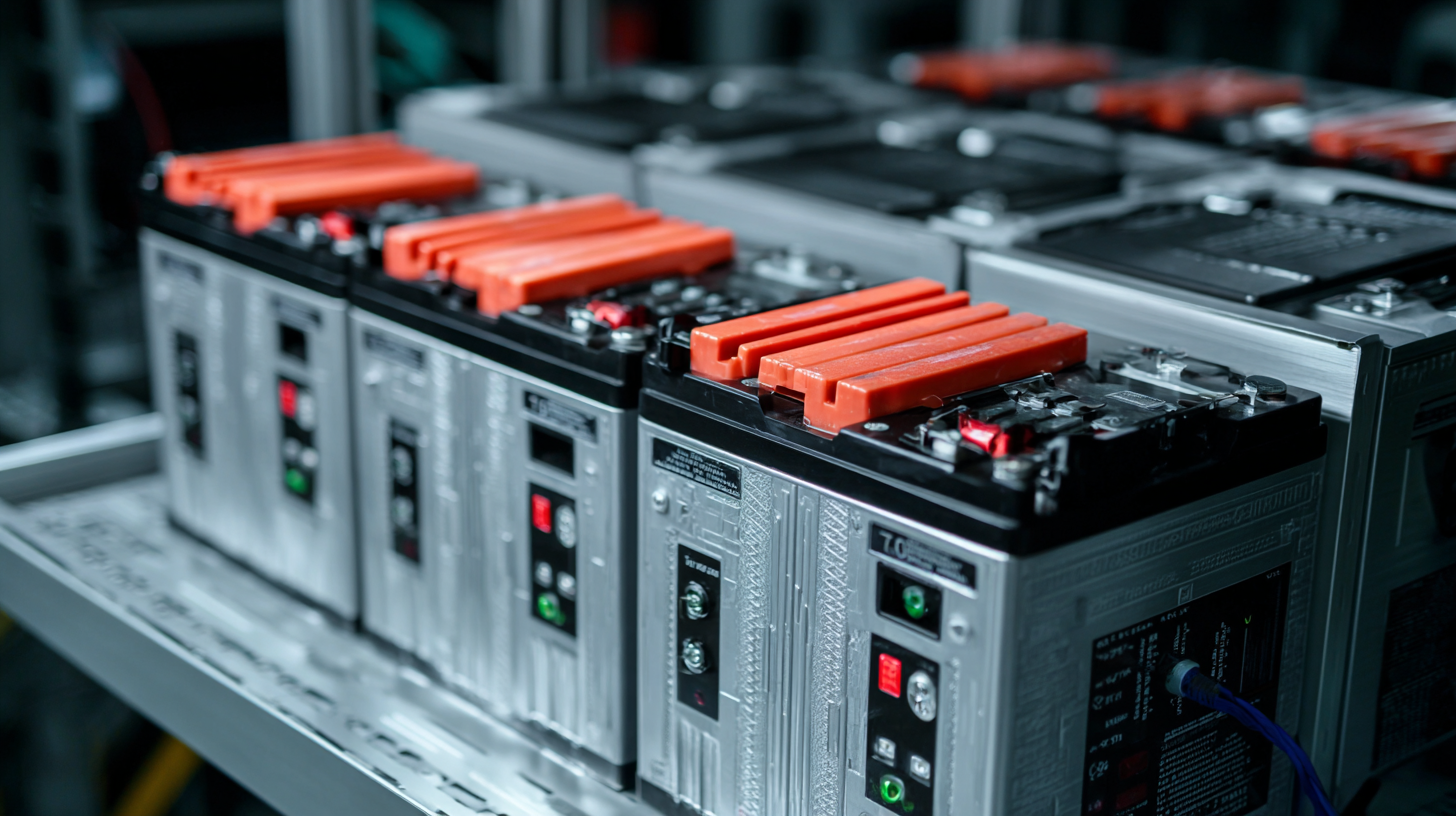 The future of energy management is rapidly evolving, and the introduction of 48 Volt 300 Amp batteries is a game changer. This technology not only provides a reliable and robust energy solution but also enhances the efficiency of various applications across industries. With an increased voltage and substantial amperage, these batteries enable systems to operate more effectively, reducing energy loss and maximizing performance. This is particularly beneficial in sectors like renewable energy, electric vehicles, and energy storage systems, where every ounce of efficiency translates to significant operational improvements.
The future of energy management is rapidly evolving, and the introduction of 48 Volt 300 Amp batteries is a game changer. This technology not only provides a reliable and robust energy solution but also enhances the efficiency of various applications across industries. With an increased voltage and substantial amperage, these batteries enable systems to operate more effectively, reducing energy loss and maximizing performance. This is particularly beneficial in sectors like renewable energy, electric vehicles, and energy storage systems, where every ounce of efficiency translates to significant operational improvements.
As industries strive for sustainability, the 48 Volt 300 Amp technology stands out for its versatility and scalability. It is designed to accommodate growing energy needs while maintaining a compact footprint. This adaptability opens doors for innovative energy management strategies, allowing businesses to seamlessly integrate these advanced batteries into their existing infrastructures. Moreover, the development of smart energy systems paired with this battery technology can lead to better monitoring and utilization of energy resources, promoting a more sustainable future and paving the way for a more resilient energy grid.

